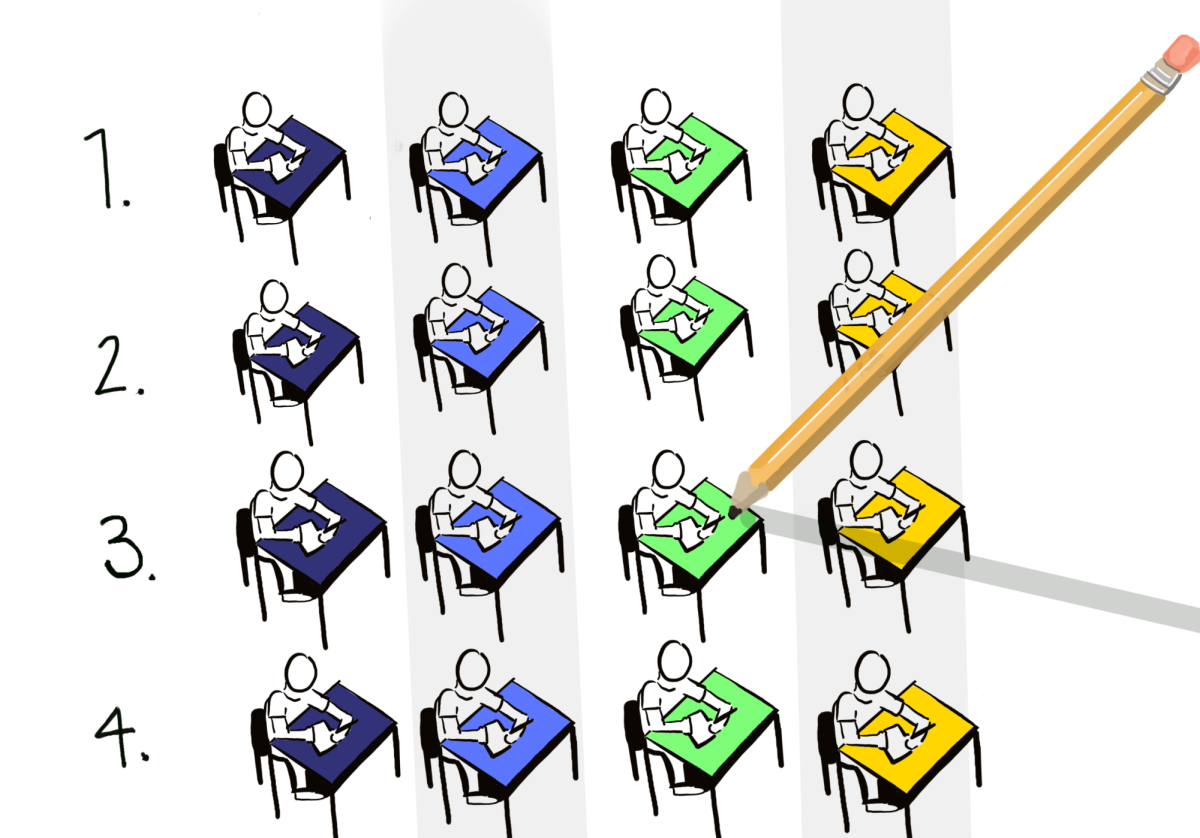Stepping foot on the 40 Acres for the first time can be a confusing experience. Campus can seem so unfamiliar to newcomers — even those who are fresh out of their summer orientation session.
Over time, students get to know the University as well as their old high school stomping grounds. As newcomers explore UT, they learn of stereotypes and trends surrounding the campus and its different colleges. I remember hearing that communications majors are all girls, engineering is filled with guys, business majors are all in Greek life. My friends and classmates echoed these stereotypes.
How accurate are these assumptions, though? To address these questions and prove or disprove their accuracy, I analyzed University-provided data and examined which stereotypes about our campus makeup are fact and which are fiction.
Using data provided by the Office of Institutional Reporting, Research and Information Systems (IRRIS), we can dive into the gender breakdown of each college on campus to fact-check these assumptions. With that in mind, let’s check the most popular assumption about the College of Communication: it’s (almost) all women.
Is that true? Essentially, yes — where undergraduate students are concerned. It’s a different, and more problematic, story with the faculty.
Out of the 3,834 undergraduate students in the College of Communication, which is the fifth largest college on campus, only 1,104 or 29 percent are men. To clarify, that means there are approximately 2.5 undergraduate women for every undergraduate man across the college. Foreign students have the smallest ratio of women to men, coming in at slightly more than two women per man.
The college has shifted farther toward the woman side of the scale since 2009, the oldest available data set in the IRRIS statistical handbook. Nevertheless, the 1,253 or 32.4 percent undergraduate men were still decidedly in the minority.
On the faculty side of things, however, the trend is reversed. Out of the 171 faculty members listed in the data set, only 76 are women.
This gender disparity between the undergraduate student population and faculty should be corrected. The industries that this college feeds into also typically employ more women than men, and these classrooms need to mirror the makeup of these newsrooms, advertising agencies and public relations offices. Workplace aside, incoming students need to be able to see that they can rise through their profession regardless of their gender.
While the College of Communication faculty’s gender makeup doesn’t match its student body’s, it is more balanced than the other large colleges around campus. Only five colleges on campus have a female-majority faculty (one of which is the School of Undergraduate Studies, which only employs 3 nontenured professors).
These changes in student and faculty makeup take time to occur, but they are absolutely necessary. A faculty which naturally mirrors its profession will give students an accurate road map of the industry that they’re trying to break into. That kind of leg up can be the difference between a good college and a great one.
Humphrey is a journalism senior from Round Rock. Follow him on Twitter @Humphrinator.





















